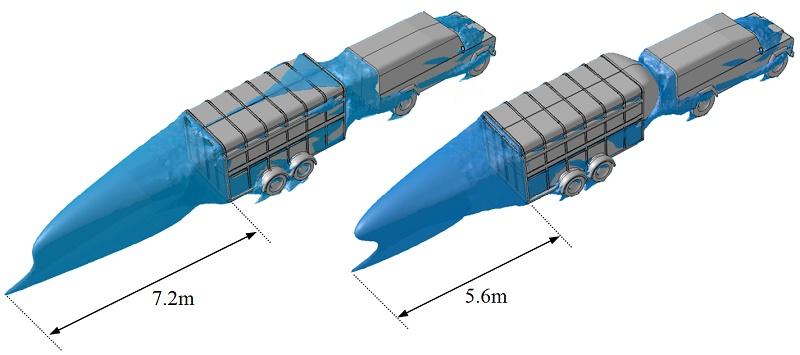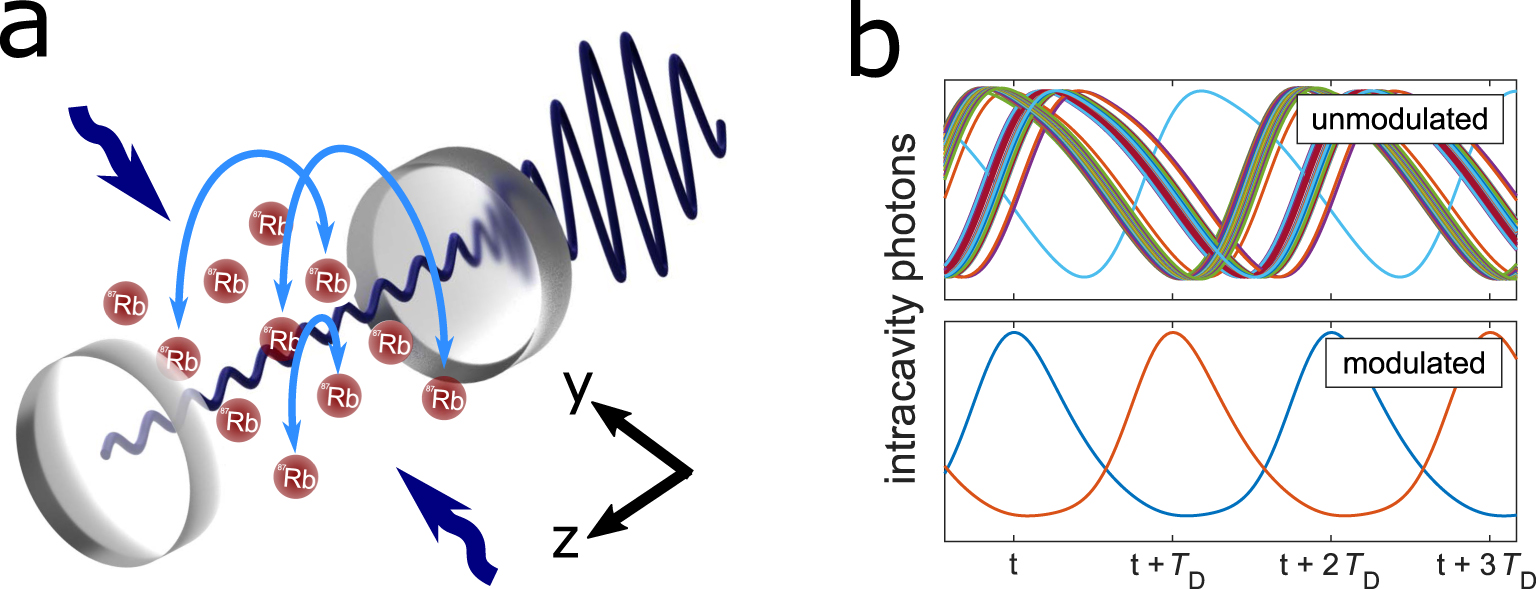One question pops into my mind, is it possible to conduct perfect research?
Then, I started reading some articles; one gripping article is presented here.
Whether it is possible to conduct perfect research or not is a controversial topic.
In 2005, Ioannidis wrote a paper titled “Why most published research findings are false” which is one of the most downloaded articles in PLOS Medicine. John Ioannidis employs mathematical concepts to demonstrate why published results are frequently incorrect. In simple terms, it’s about relying on significant p-values too often without considering the possibility of a false-positive result.
He listed six risk factors regarding the false results:
1. Small studies: “The smaller the studies conducted in a scientific field, the less likely the research findings are to be true”.
2. A small size of effect: “The smaller the effect sizes in a scientific field, the less likely the research findings are to be true”.
3. Testing many causal relationships simultaneously: “The greater the number and the lesser the selection of tested relationships in a scientific field, the less likely the research findings are to be true”.
4. Flexibility in study design: “The greater the flexibility in designs, definitions, outcomes, and analytical models in a scientific field, the less likely the research findings are to be true”.
5. Psychological bias: “The greater the financial and other interests and prejudices in a scientific field, the less likely the research findings are to be true”.
6. Hot research areas: “The hotter a scientific field (with more scientific teams involved), the less likely the research findings are to be true”.
When it comes to a query about whether we can improve the situation, he stated “it is impossible to know with 100% certainty what the truth is in any research question”. Rather we can work hard to improve the post-study probability. Finally, he suggested various countermeasures against the risk factor, concluding that research, by definition, is about making mistakes and striving to find a better approach. It is impossible to attain perfection. Many studies today indicate that he was correct.
What do you think?

This article was written by MM Raihan as part of an ongoing series of scientific communications written and curated by BioTrib’s Early Stage Researchers.
Raihan is researching In-situ Measurement of Nano-scale Wear Utilising Advanced Sensors at the University of Leeds, UK.


















 This post was written by Pedro Luiz Lima dos Santos as part of an ongoing series of scientific communications written and curated by BioTrib’s
This post was written by Pedro Luiz Lima dos Santos as part of an ongoing series of scientific communications written and curated by BioTrib’s 

